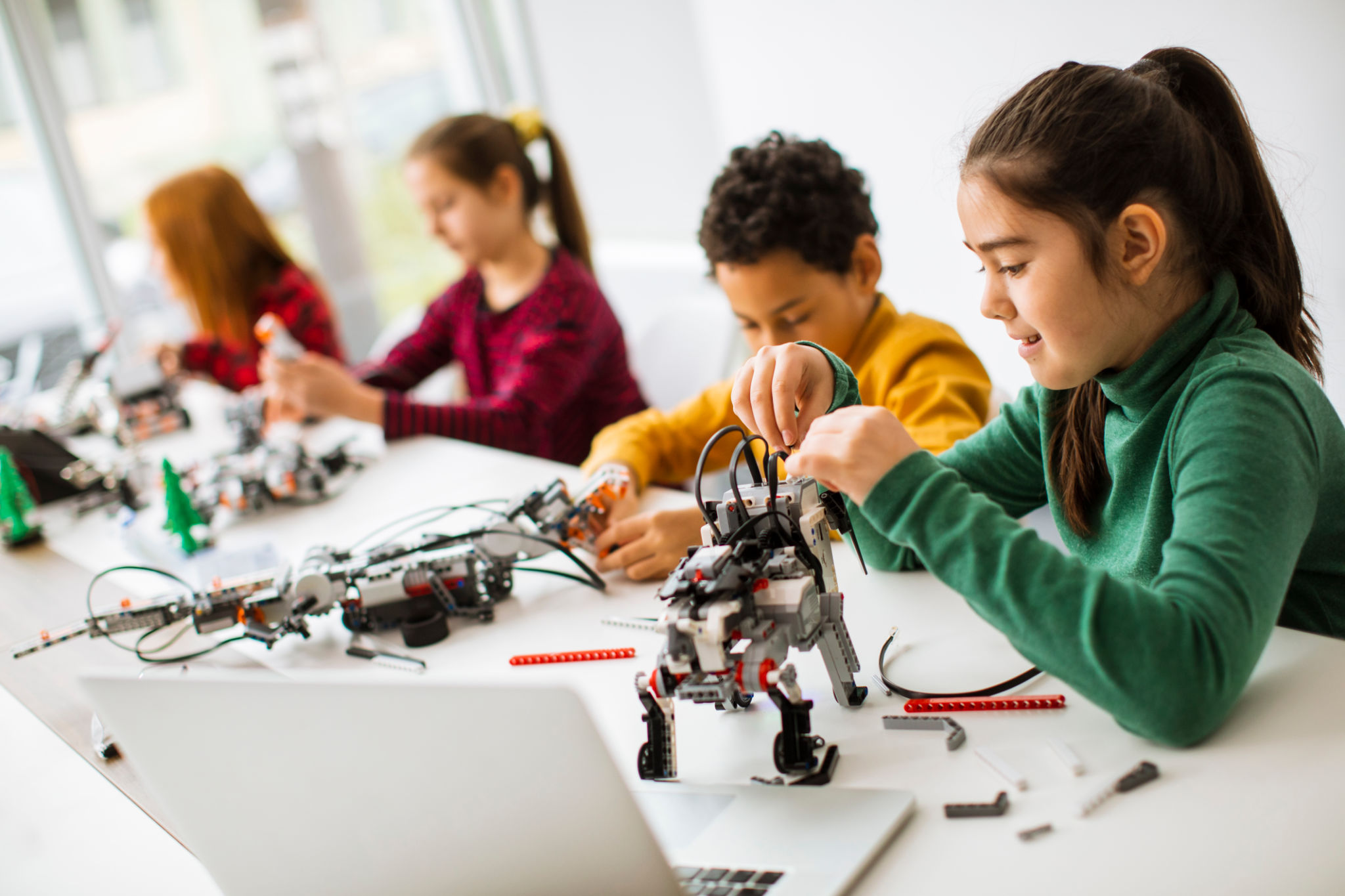Exploring STEM Education: Trends and Innovations Shaping the Future
Introduction to STEM Education
STEM education, encompassing the fields of Science, Technology, Engineering, and Mathematics, is rapidly evolving to meet the demands of the modern world. As industries increasingly rely on technology and innovation, the need for a robust STEM education system has never been more critical. This post explores the latest trends and innovations shaping the future of STEM education and how they are preparing students for tomorrow's challenges.

Embracing Technology in Learning
The integration of technology into STEM education is transforming how students learn and interact with complex concepts. With the advent of digital tools such as virtual reality (VR) and augmented reality (AR), students can now experience immersive learning environments that bring abstract theories to life. These technologies allow learners to visualize scientific phenomena, conduct virtual experiments, and gain a deeper understanding of the subjects.
Additionally, educational platforms equipped with artificial intelligence (AI) are personalizing learning experiences by adapting to individual student needs. AI-driven analytics provide insights into student performance, enabling educators to tailor instruction and provide targeted support where necessary.
Project-Based Learning
Another trend gaining momentum in STEM education is the shift towards project-based learning (PBL). This approach encourages students to engage in hands-on projects that solve real-world problems, fostering critical thinking and problem-solving skills. By working on projects that have practical applications, students develop a deeper understanding of STEM subjects and their relevance in everyday life.

Moreover, PBL promotes collaboration among students, enhancing their teamwork and communication skills. These projects often require interdisciplinary knowledge, encouraging students to draw connections between different STEM fields and apply their knowledge creatively.
Inclusion and Diversity in STEM
Diversity and inclusion in STEM education are crucial for fostering an environment where all students have the opportunity to succeed. Efforts are being made to bridge the gender gap and encourage underrepresented groups to pursue careers in STEM fields. Initiatives such as mentorship programs and scholarships aim to support minority students and women in their STEM education journey.
By creating an inclusive learning environment, educators can ensure that diverse perspectives contribute to innovation and problem-solving in STEM. This diversity not only enriches the learning experience but also drives creativity and progress in STEM industries.

The Role of Educators
Educators play a pivotal role in shaping the future of STEM education. As facilitators of learning, they are continually adapting their teaching methods to incorporate new technologies and pedagogical approaches. Professional development programs are essential for equipping educators with the skills necessary to implement these innovations effectively.
Furthermore, educators are instrumental in cultivating a growth mindset among students. By encouraging curiosity and resilience, teachers can inspire a lifelong love of learning and exploration in STEM fields.
Conclusion
The future of STEM education is bright, fueled by technological advancements and innovative teaching methods. As we continue to explore these trends, it is essential to ensure that STEM education remains accessible, inclusive, and dynamic. By doing so, we can prepare the next generation of leaders and innovators who will shape the future of our world.
